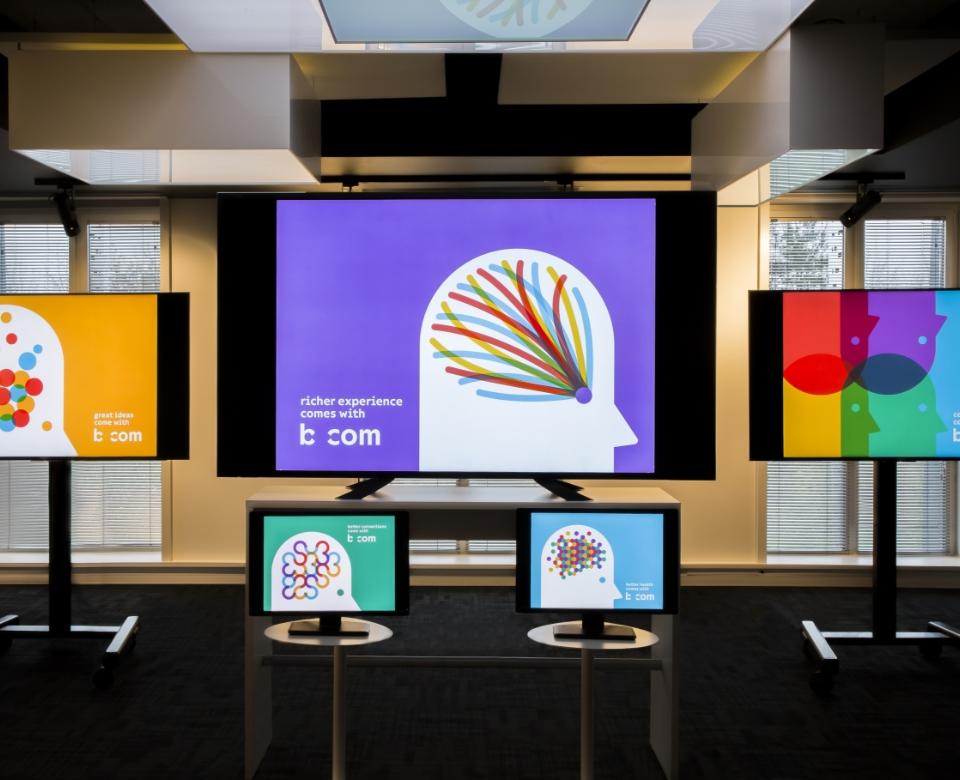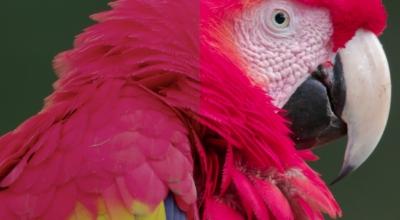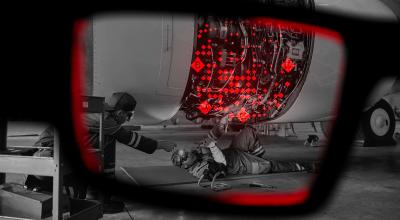12.13.2016
Computer generated hologram from Multiview-plus-Depth data considering specular reflections
A novel approach for hologram computation from Multiview-plus-Depth (MVD) data is studied in this paper. The proposed method consists of three steps. First, intensity views and depth maps pairs of the scene are taken from different perspective viewpoints. Then, the 3D scene geometry is reconstructed from the MVD data as a layered point-cloud. This 3D scene reconstruction step allows us to use…
read the publication






